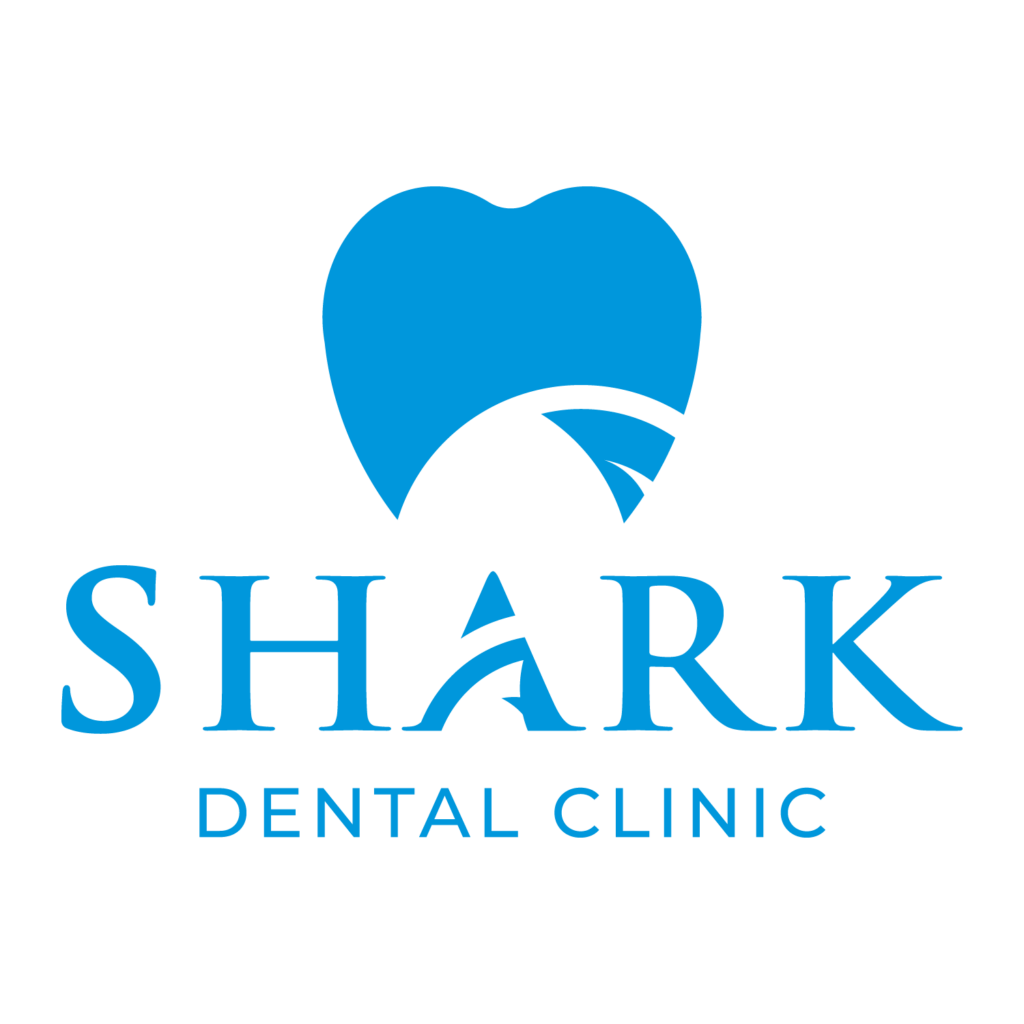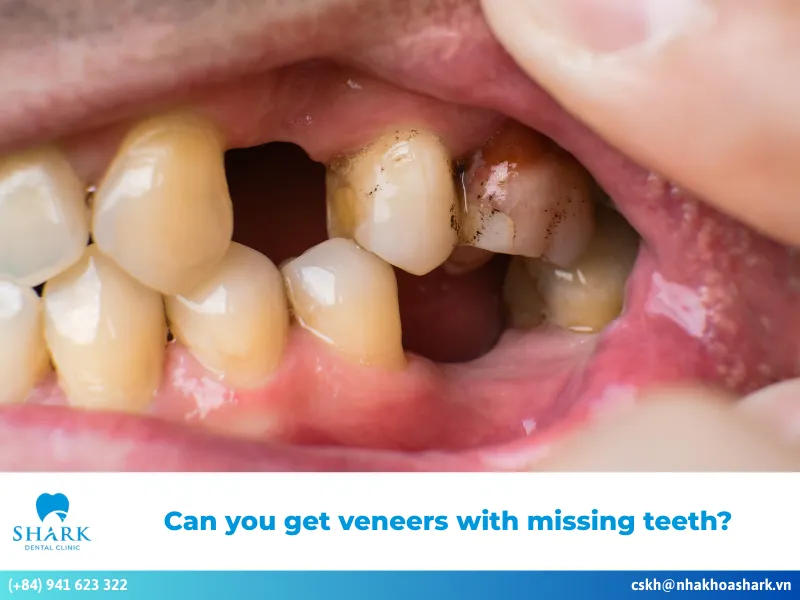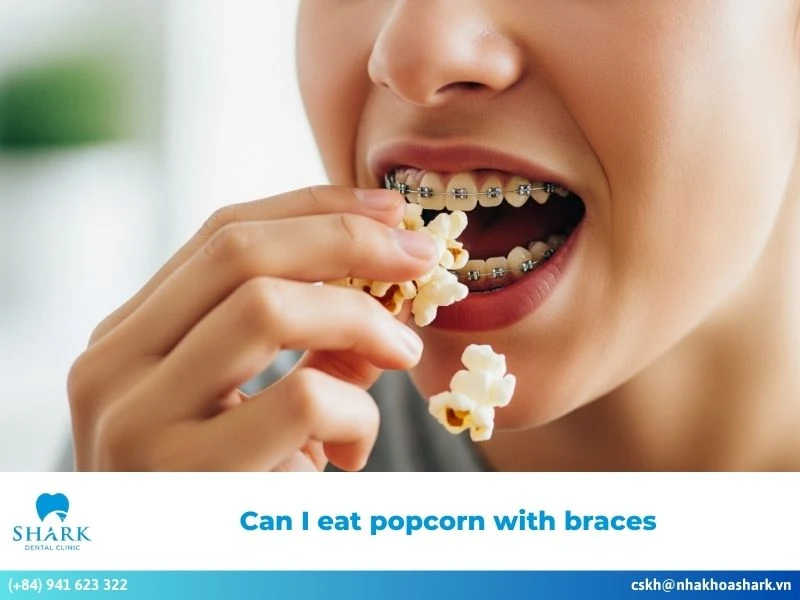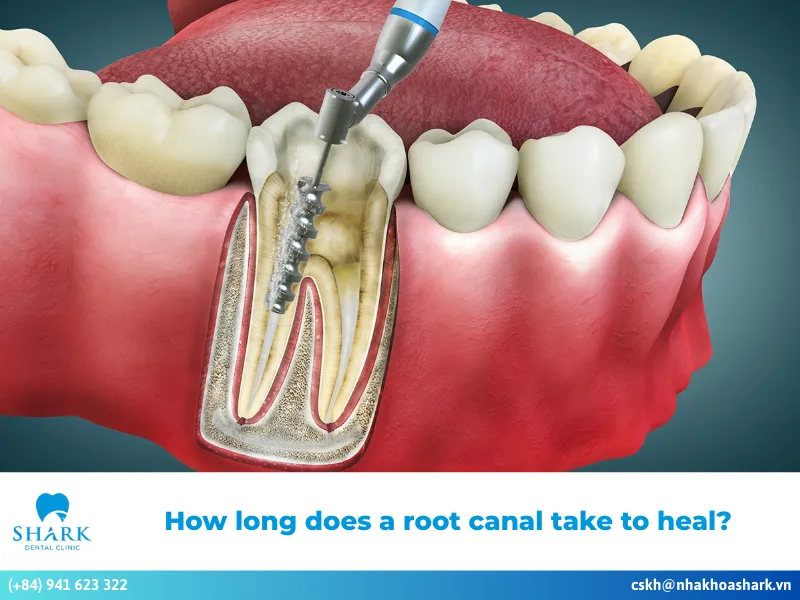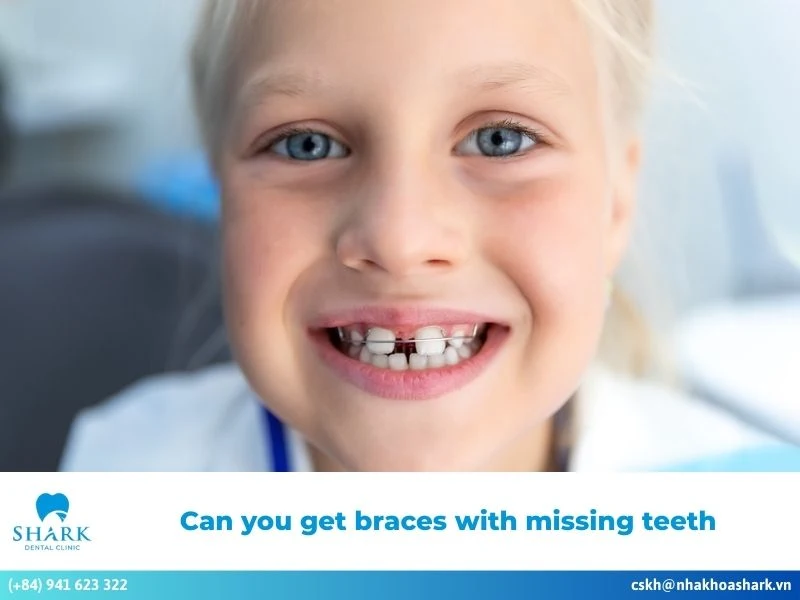Lingual braces are an orthodontic method that offers high aesthetic value, helping to correct issues such as crowded teeth, misalignment, and overbite or underbite. Explore the details in this article to gain a clearer understanding of the lingual braces technique.
What are lingual braces?
Lingual braces, also known as inside braces, use orthodontic appliances such as brackets and archwires to apply force and gradually move the teeth into proper alignment. The biggest difference of this technique is that the brackets are placed on the tongue-facing side of the teeth, making the braces unnoticeable while still delivering fast orthodontic results.
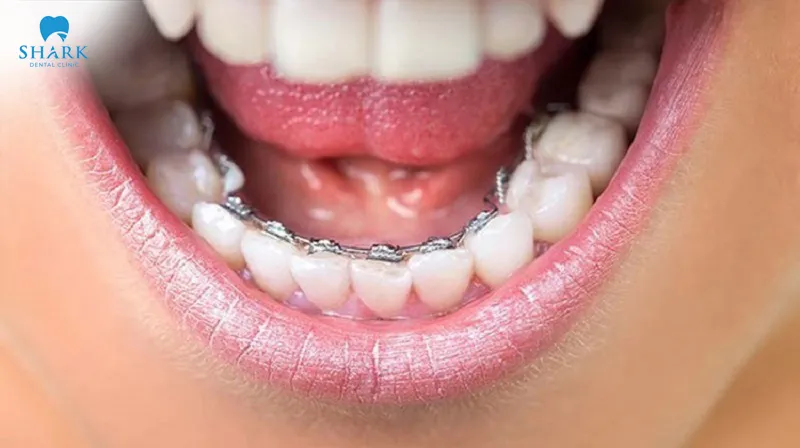
Advantages of lingual braces
The trend of lingual braces is gaining attention and popularity among many clients due to its several outstanding advantages:
- High Aesthetics: The braces are designed to be placed on the inside of the teeth, making them virtually invisible. This ensures a high level of aesthetics, making the method ideal for those who want to straighten their teeth without affecting their appearance.
- Effective Results: Lingual braces apply consistent and sufficient force to align the teeth and move them into the desired positions. The brackets are custom-designed for each patient, delivering higher efficiency throughout the orthodontic treatment process.
- Reduced Irritation: Since the braces are placed on the inner side of the teeth, they do not come into contact with the cheeks and lips like traditional braces. This provides a comfortable experience during treatment.
- Applicable to Various Cases: Thanks to its high orthodontic effectiveness, lingual braces are widely chosen by patients who wish to achieve results in a shorter treatment time.
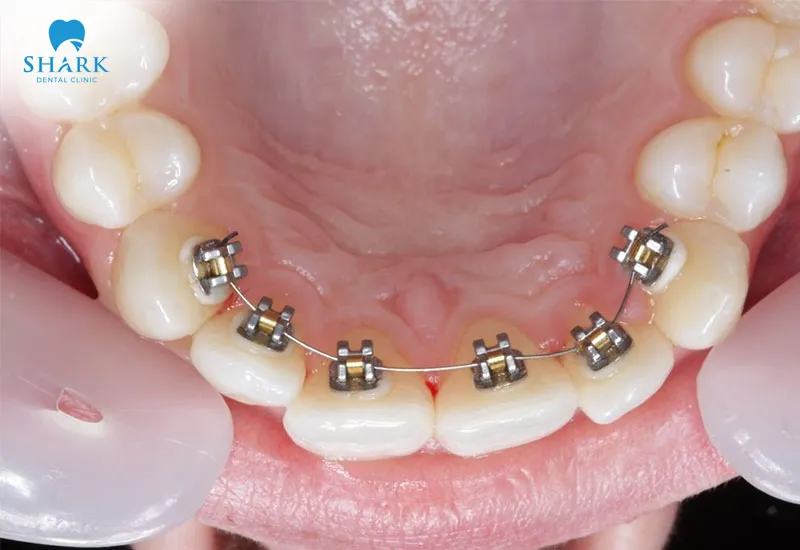
Disadvantages and challenges of lingual braces
In addition to its benefits, lingual braces also have some specific drawbacks:
- Speech Impact: Since the braces are placed on the inner side of the teeth, the archwire may come into contact with the tongue, potentially affecting pronunciation.
- Oral Hygiene Challenges: Since the brackets are placed on the inner side of the teeth, cleaning can be more difficult. Food particles may get trapped easily, increasing the risk of dental issues such as tooth decay and periodontal disease.
- Eating Difficulties: Compared to traditional methods, lingual braces are in direct contact with the tongue, making the eating process significantly more difficult and increasing the likelihood of tongue irritation.
Who is suitable for lingual braces?
Lingual braces are a method recommended for those who wish to undergo orthodontic treatment while maintaining aesthetics. This technique is suitable in certain cases such as:
- Protruding or recessed jaws, misaligned teeth, and asymmetrical dental structure.
- Gapped teeth, misaligned upper and lower jaws, and difficulty in chewing.
- Individuals who want a safe orthodontic treatment with highly effective results.
- Individuals who want to undergo orthodontic treatment with aesthetic results at a lower cost.
Lingual braces and other orthodontic options
Lingual braces have the advantage of concealed brackets placed on the inside of the teeth, making them distinct from outer braces. Refer to the comparison table below to help you make the most suitable choice.
| Criteria | Lingual Braces | Outer Braces |
| Bracket attachment position | Brackets are attached directly to the inner side of the teeth, on the tongue side. | Brackets are attached directly to the outer surface of the teeth, easily visible. |
| Aesthetics | High aesthetics because the brackets and archwires are hidden inside, leaving no visible trace. | Low aesthetics because the brackets and archwires are on the outside, easily seen and causing discomfort. |
| Complexity | Difficult and complex, requires highly experienced and specialized doctors. | Easy to perform. |
| Effect and impact | May cause slight discomfort to the tongue due to brackets placed inside | Frame design has sharp edges, which can easily affect the lips and gums, causing pain |
| Braces Effectiveness | Relatively high effectiveness | High effectiveness due to strong tightening force and sufficient pressure on teeth |
How much do lingual braces cost?
The cost of lingual braces may vary across dental clinics, depending on the technique used, the dentist’s expertise, and the condition of the patient’s teeth. In Vietnam, the price typically ranges from $2,500 to $8,000, depending on the clinic providing the treatment.
To undergo lingual braces treatment, it is advisable to choose reputable dental clinics rather than low-cost options. Trusted brands are equipped with experienced dentists and modern technology, ensuring a safe and effective orthodontic process.
Lingual braces are also a method using metal braces. Therefore, you can refer to the price list of braces of Shark Dental Clinic to make the most suitable choice for yourself.
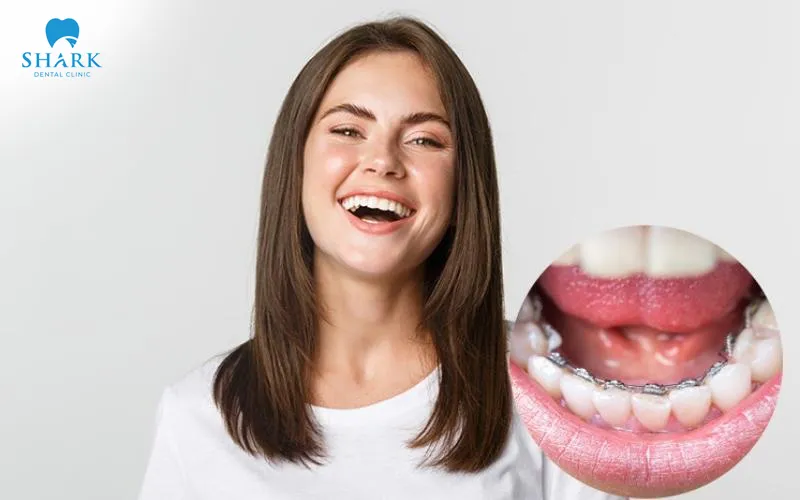
>>> Read more: 5 reputable orthodontic clinics in Ho Chi Minh city
What is the process of lingual braces in Vietnam?
To achieve safe and effective results with lingual braces, it is essential to follow a standardized procedure with all key steps:
Step 1: Examination and consultation
A specialist will conduct a general examination and take X-rays to assess the overall oral condition. Based on each individual case and the patient’s preferences, the dentist will recommend the most suitable orthodontic treatment method.
Step 2: Taking dental impressions and fabricating the braces
The dentist will take dental impressions to design custom brackets and archwires that fit snugly with the patient’s dental structure, ensuring a safe and accurate tooth movement according to the treatment plan.

Step 3: Bracket placement
At the scheduled appointment, the dentist will attach the brackets to help stabilize the teeth and support effective tooth movement. Before placement, a general oral cleaning will be performed, and the tooth surface will be dried to ensure the brackets adhere closely to the tooth surface.
Step 4: Post-Treatment care and Follow-Up appointments
After completing the procedure, the specialist will provide detailed instructions on diet and proper oral hygiene. A follow-up schedule will be arranged to monitor the progress of tooth movement.
Why should foreigners choose lingual braces at Shark Dental?
Thousands of overseas Vietnamese and expatriates have returned to Vietnam to choose Shark Dental for their orthodontic treatment.This reflects a carefully planned decision, supported by numerous benefits.
The orthodontic technologies at Shark Dental are diverse, meet strict quality standards, and offer a wide range of treatment options for patients to choose from.

Shark Dental’s medical team is highly skilled and dedicated. They always perform thorough examinations and assessments of your oral condition before starting orthodontic treatment. The doctors will provide consultation, guidance, and collaborate on the most effective treatment plan.
Orthodontic treatment at Shark Dental offers the best braces cost in Vietnam, high-quality services, and reduced treatment time. In addition, after the treatment is completed, the clinic offers a warranty policy and ongoing support to answer any questions.
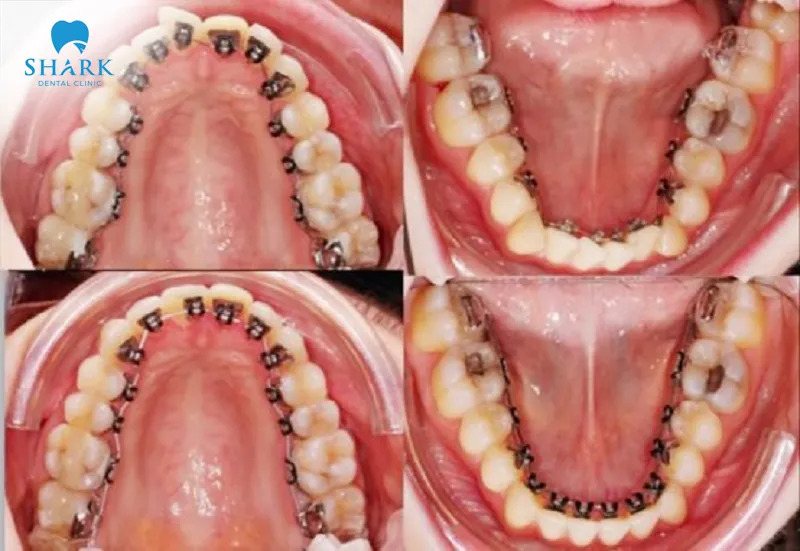
When customers come to Vietnam for orthodontic treatment, they can also enjoy a relaxing vacation. Vietnam is a country with a rich culture, diverse cuisine, and many famous scenic spots.
If you are considering lingual braces or other modern dental treatments, don’t hesitate to visit Shark Dental. We are confident that you will soon achieve a confident smile with well-aligned and balanced teeth.
>>> Read more: What are ceramic braces?


